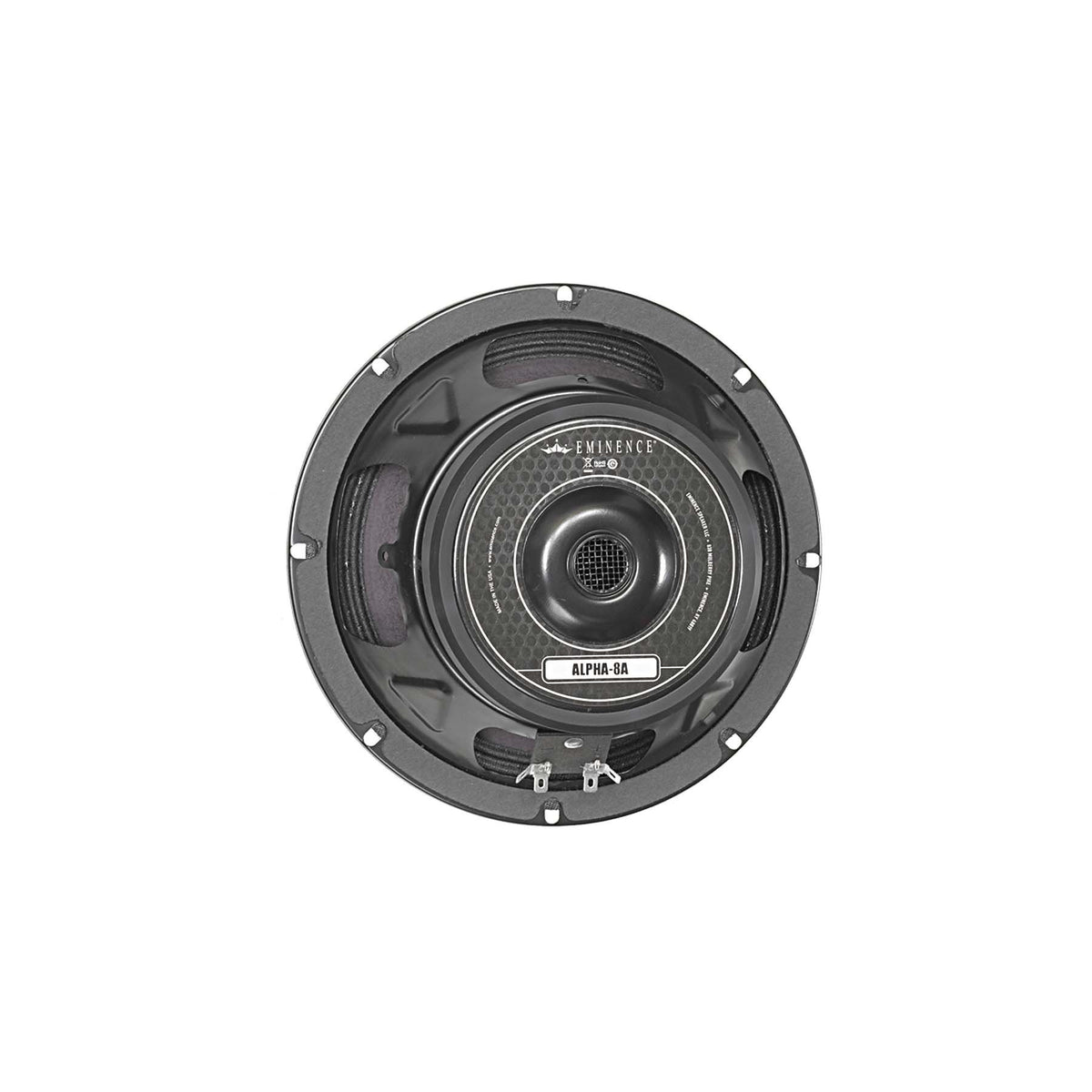Fluid gives some good advice. I built a
small active desktop 2-way + dual subs out of drivers from a previous DIY project and a MiniDSP Flex EIght... using same method Fluid mentions above: a soundcard + mic, REW, a turntable, and Vituixcad. It sounds good. I am sure there are better desktop speakers on the market that cost less. But it's very rewarding. And there are expensive sounding speakers that sound horrible, so I avoided that.
But as Fluid mentions, hard to beat some of the top commercial designs. Some do have drivers available: I just
DIY'ed a pair of JBL M2 based on some contributions from other ASR members and some external DIY sites. Those sound about as good as anything I have ever heard, possibly my ego getting in the way though.
None of this hobby should be considered cost-effective. But there are reasonably good DIY and commercial speakers that you can copy. And with a DSP crossover, you can realistically measure and make improvements without rebuilding crossovers, or even advanced knowledge of filter circuits and compromises.
.


